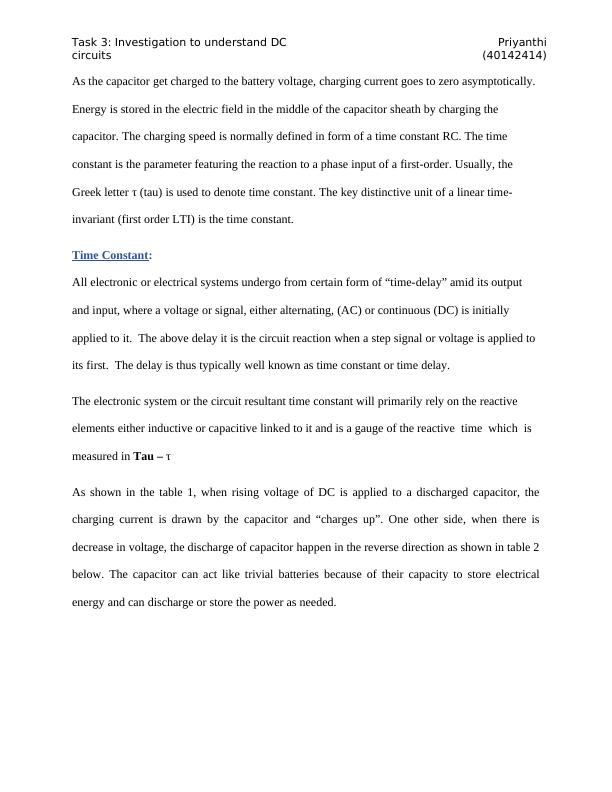Investigation to understand DC circuits
Understanding the time constant and charging behavior of capacitors in DC circuits.
7 Pages982 Words73 Views
Added on 2022-09-07
About This Document
Assignment is done. I need help with paraphrasing. Plagiarism 15%
Investigation to understand DC circuits
Understanding the time constant and charging behavior of capacitors in DC circuits.
Added on 2022-09-07
ShareRelated Documents
End of preview
Want to access all the pages? Upload your documents or become a member.
Investigation of RC Circuit : Assignment
|12
|2136
|141
Electrical Assignment
|20
|2280
|248
Electronic Measurement and Testing Assignment
|13
|2092
|89
Electrical And Electronics Engineering Fundamentals
|20
|1774
|40
Power Supply Circuit
|4
|525
|20
DC Current
|5
|620
|128



